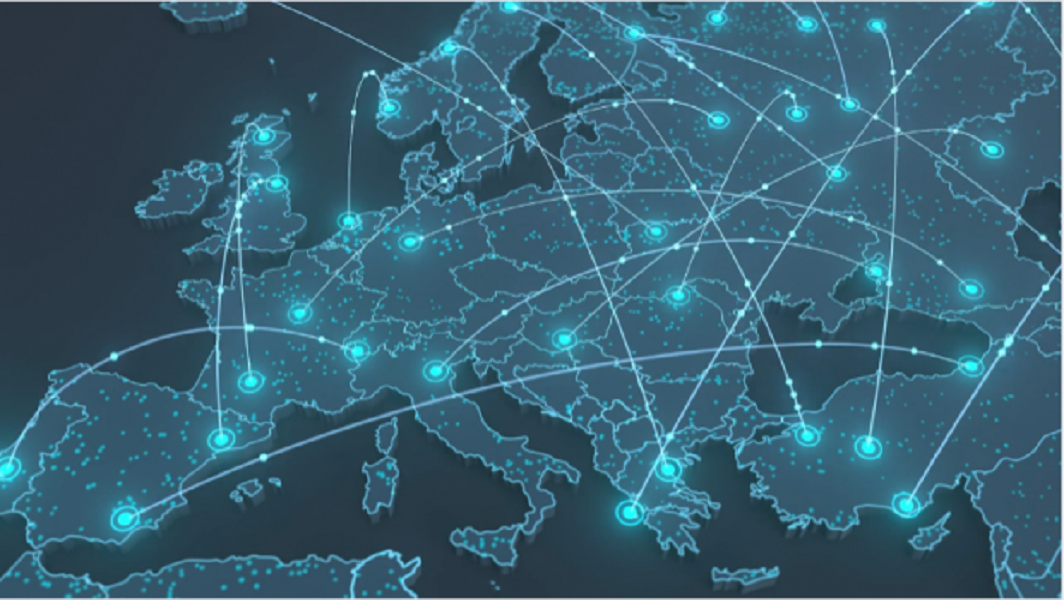Data and health: an indissoluble binomial

Data are trending; they are newsworthy and important for business. Yet they are also an essential resource with a vast potential to plan and provide more efficient healthcare services; to achieve better patient safety, better treatments, better prevention and a better understanding of diseases; and to ensure more precise diagnoses and treatments, among other uses.
Ultimately, data feed automatic learning and are revolutionizing health, healthcare and medical science. To improve access to health data and be able to exchange them among the different EU regions, this May Europe launched the European Health Data Space (EHDS). Obstacles still remain, like interoperability and the secondary use of data, yet there are also initiatives driven by Estonia and its entire network of Nordic and Scandinavian countries that can serve as models.
Origin and launch of the EHDS
The European Health Data Space initiative, approved in May, has become one of the European Commission's current priorities and will be based on three main pillars:
- Data governance and interoperability rules
- Data quality
- Infrastructures and technology
During its presidency of the European Commission, France presented a proposed regulation of the European Health Data Space in May 2022, specifically via the Directorate General of Health and Food Safety.
Although France had initially prioritized defense, job creation and climate change, it decided to push for the European Data Strategy, started in 2020, making health one of the first actions in this line. But there were several forerunners that laid the groundwork for this initiative.
- The White Paper on Digital Health Interoperability Standards1 provides guidelines on the next steps to take.
- The white paper on EC recommendations on the health record exchange format2. For the first time, specific EC rules are being published for health records, e-prescriptions and drugs dispensed, lab reports, images, medical reports and reports on hospital releases.
Catalonia, ready for the transformation
In 2017, the Master Plan for Information Systems of the Catalan Health System (SISCAT) was unveiled to work towards a digital health strategy. It was framed within the previous 2016-2020 Health Plan. The plan has evolved with the new 2021-2025 Health Plan of Catalonia, where the digital transformation was included as a lever of across-the-board change.
Transverse shift levers. Source: Health Plan of Catalonia 2021-2025
According to this plan, “making headway in the digital transformation to reinforce the continuity of social and health care requires a technological base that supports it and allows for shared information and interoperability.”
Catalonia is positioned advantageously thanks to its early implementation of health data integration in SISCAT, the implementation of PADRIS, shared health records (primary and hospital care) and the storage of bioimaging, as well as patient empowerment instruments like the “la Meva Salut” space.
Indeed, this is the scenario where the European Health Data Space will be implemented in the future (yet to be determined). The European framework will inevitably drive this transformation.
Interoperability: The main challenge
There is currently not only one digital health interoperability in the European Union, the United States, or other macro-regions in the world. There is a fragmented environment and a variety of strategies and action frameworks that have slowed the adoption of ICT in healthcare, whereas these technologies have provided tangible examples of interoperable data flows in other industries.
Some territories/ecosystems that are leading the way in deploying innovative strategies in health data, like Estonia and its entire network of Nordic and Scandinavian countries (ScanBalt) promoted an initiative in early 2022 called the “Scanbalt Declaration.” It is a declaration with contributions from more than 30 clusters in 15 countries (including Biocat), presented by the German presidency of the Council of the European Union. It focuses particularly on the potential of the secondary use of health data for innovation.
What can we learn from Estonia?
Recently, Biocat interviewed the president of ScanBalt, Jaanus Pikanni, in which he discusses what is important for the transformation of the healthcare system via data.
Through his experience, we can learn several lessons from Estonia based on the experiences of Biocat’s recent visit to that country:
- Agile digital health governance
- Reliable, secure processing of patients’ health data
- A cost-effective data exchange system among administrations (X-Road) A “connected health” framework
- Challenges and solutions for interoperability
- Potential of “fast-movers” to influence EU policies regarding common challenges, and the need to build bridges with all the regions for a seamless implementation of the future EHDS
To view the interview please go to the following Youtube link https://www.youtube.com/watch?v=-dYkDKJuEDY
